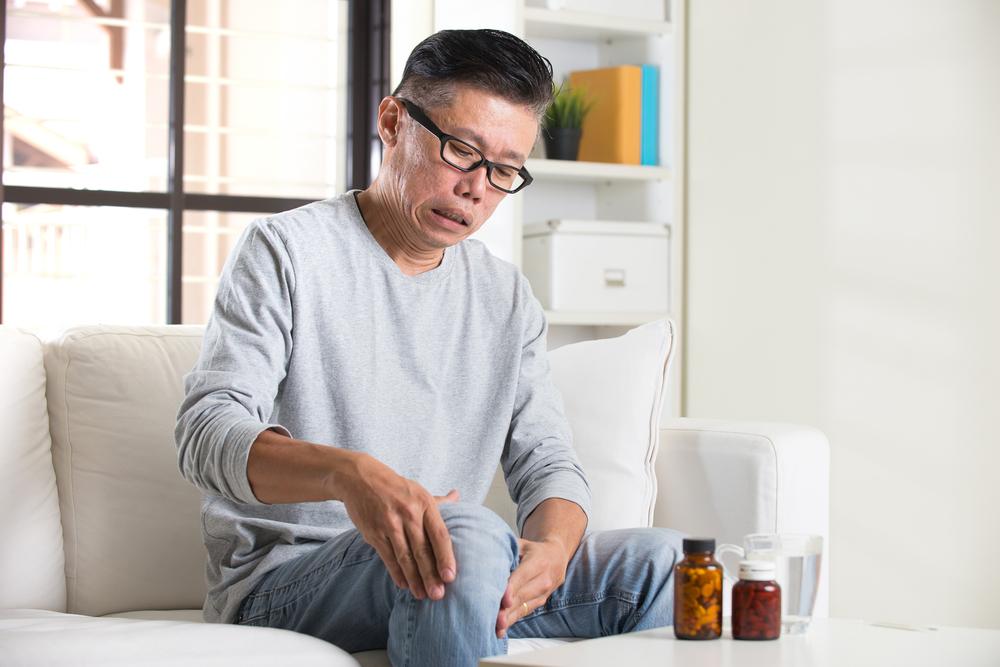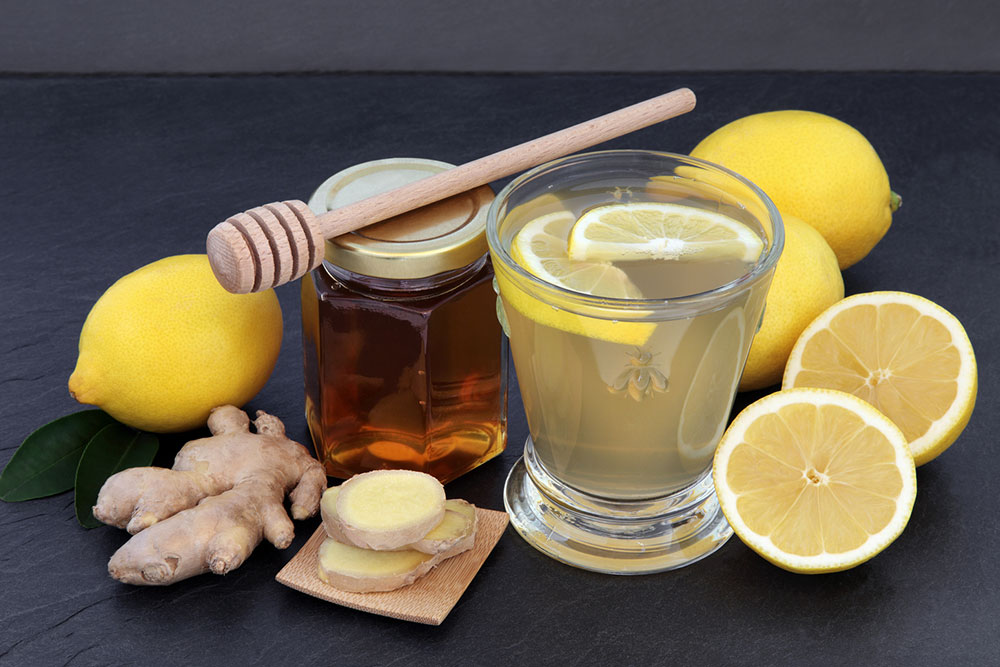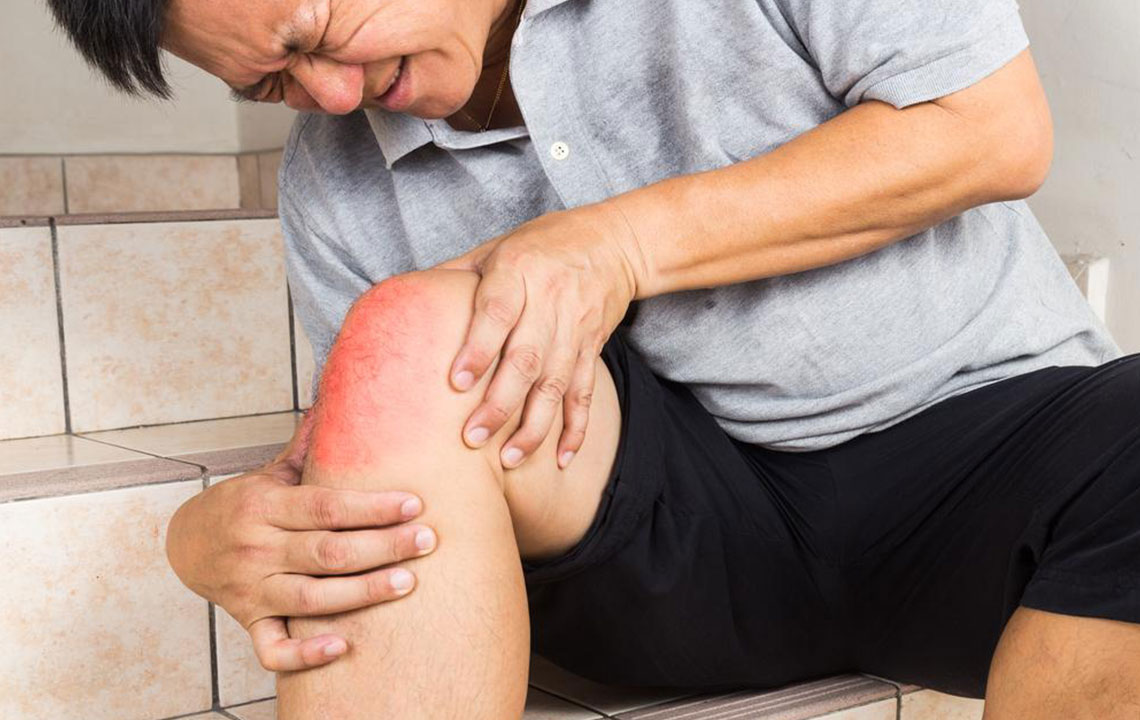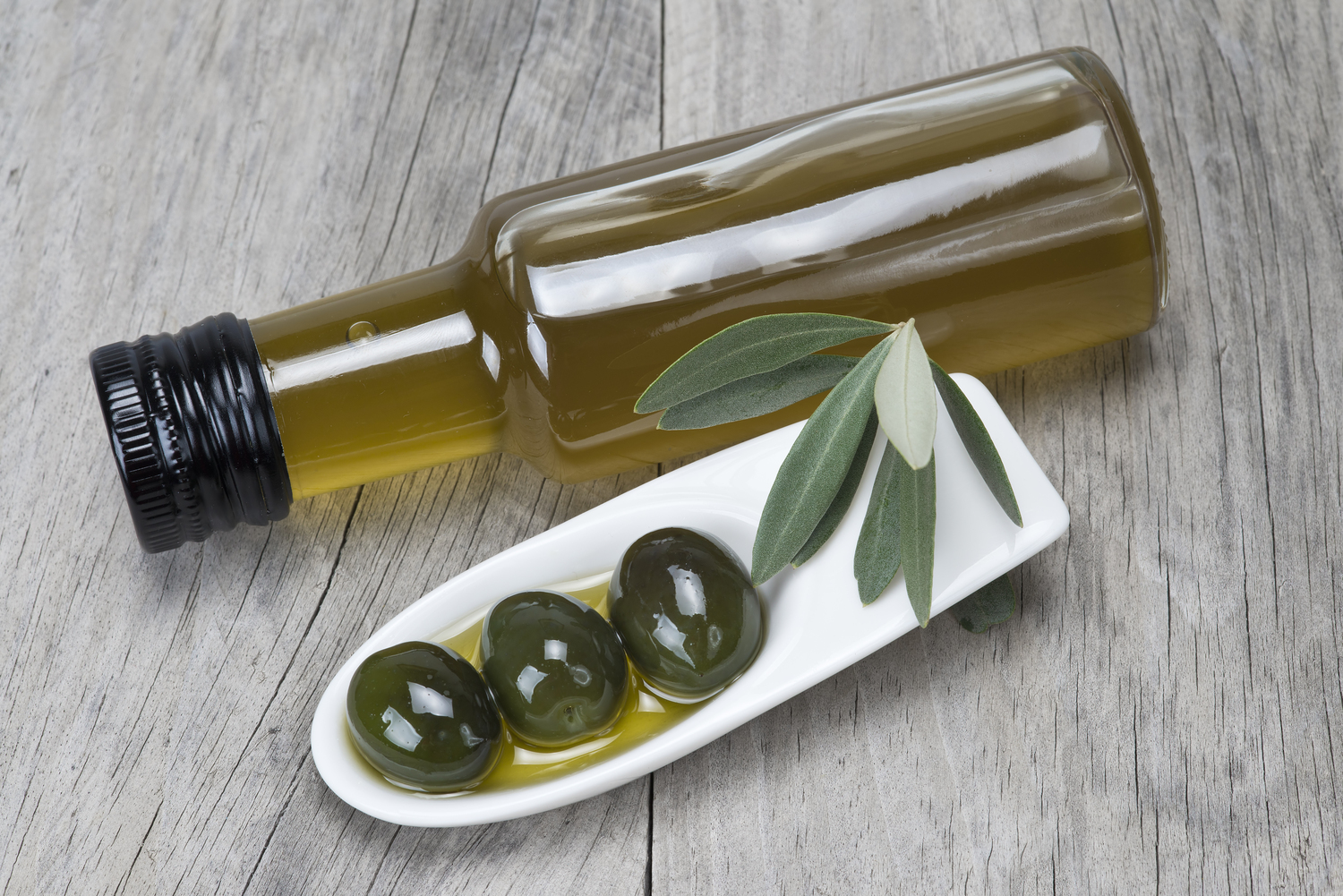Comprehensive Natural Strategies to Reduce Arthritis Pain and Improve Mobility
Explore effective natural strategies to alleviate arthritis pain, including gentle exercise, temperature therapies, nutrition, herbal supplements, and stress management. This comprehensive guide offers practical tips to improve joint health and enhance quality of life without reliance on medications alone. Perfect for those seeking holistic relief options, tailored to support long-term arthritis management and overall well-being.

Holistic Natural Methods to Alleviate Arthritis Discomfort
Arthritis, a common joint condition characterized by inflammation, pain, and stiffness, affects millions worldwide. Without proper management, it can significantly diminish quality of life. While conventional treatments often focus on medication and physical therapy, many individuals seek natural remedies to complement their approach. This detailed guide explores effective natural techniques, lifestyle adjustments, and home therapies that can help reduce arthritis symptoms, enhance joint health, and promote overall well-being.
Consistent Gentle Physical Activity
Maintaining a routine of gentle exercise is fundamental in managing arthritis symptoms. Physical activity not only alleviates stiffness but also strengthens the muscles supporting the joints, thereby reducing strain. Engaging in low-impact activities such as walking, swimming, and cycling can be highly beneficial. It's essential to tailor these exercises to individual capabilities and seek professional guidance to prevent injury. Incorporating movement into daily life keeps joints flexible and improves blood circulation, which is vital for joint nourishment and health.
Utilizing Cold and Heat Treatments at Home
Applying temperature-based therapies offers immediate relief from joint pain. Cold therapy, such as ice packs wrapped in cloth, helps reduce swelling and inflammation, particularly after activity. Heat therapy, including heating pads, warm baths, or warm compresses, relaxes tense muscles and promotes improved joint lubrication. For optimal results, alternate between cold and heat depending on symptoms and comfort levels. Using these simple yet effective methods at home can significantly diminish discomfort and facilitate daily activities.
Meditation, Mindfulness, and Stress Reduction
Chronic pain often accompanies emotional stress, which can exacerbate inflammation. Meditation and mindfulness practices serve as natural ways to relax the mind and body. Regular meditation, deep breathing exercises, and gentle yoga can help decrease stress hormones, leading to reduced inflammation and pain. These practices also improve mental clarity and emotional resilience. Incorporating relaxation techniques into daily routines can help manage the psychological aspects of arthritis, making pain more manageable and improving overall quality of life.
Dietary Adjustments and Anti-Inflammatory Nutrition
Nutrition plays a pivotal role in arthritis management. An anti-inflammatory diet abundant in fruits, vegetables, nuts, whole grains, and omega-3 rich foods can help decrease joint inflammation. It’s advisable to limit or avoid processed foods, refined sugars, saturated fats, and excessive salt, as these can aggravate symptoms. Incorporating foods like fatty fish (salmon, mackerel), berries, leafy greens, and turmeric can provide potent anti-inflammatory benefits. Proper nutrition not only alleviates symptoms but also supports overall health and reduces risks associated with cardiovascular disease and obesity, both common comorbidities with arthritis.
Incorporating Turmeric into Your Routine
Turmeric, a vibrant yellow spice, contains curcumin, a powerful natural anti-inflammatory agent. Its antioxidant properties help combat joint inflammation and slow cartilage degeneration. Adding turmeric to meals, smoothies, or taking supplements under medical supervision can be highly effective. Consistent intake may reduce pain and improve joint function over time, making it an excellent complementary therapy for arthritis sufferers seeking natural relief without adverse effects.
Capsaicin-Based Topical Applications
Derived from chili peppers, capsaicin is widely used in topical creams and patches to relieve joint pain. Its mechanism involves blocking pain signals by decreasing Substance P, a nerve transmitter associated with pain perception. Applying capsaicin creams can reduce tenderness and improve mobility. Always test a small skin area for sensitivity before regular use, and consult a healthcare provider if you encounter irritation or allergies. This natural remedy offers a drug-free option for ongoing pain management.
Professional Massage and Physical Therapy
Targeted massage therapy performed by trained therapists can significantly ease joint stiffness and reduce pain. Massage stimulates blood flow, relaxes tight muscles, and promotes the release of endorphins—natural painkillers. It can also help reduce stress, which often worsens arthritis symptoms. Learning proper self-massage techniques and incorporating them into daily routine can provide continuous relief. Combining massage with other natural therapies creates a comprehensive approach to maintain joint health and enhance mobility.
Herbal Supplements and Natural Extracts
While scientific research varies, certain herbs and supplements may offer additional relief for arthritis symptoms. These include stinging nettle, Ginkgo biloba, devil’s claw, bromelain (from pineapple), and Boswellia. Each has unique anti-inflammatory or analgesic properties, supporting joint health and reducing pain. However, always consult a healthcare professional before starting any herbal supplement, especially if you are on medication or have underlying health conditions, to avoid adverse interactions and determine appropriate dosages.
In conclusion, integrating a combination of natural therapies, dietary modifications, and lifestyle changes can provide substantial relief from arthritis discomfort. These approaches are safe, accessible, and can be tailored to individual needs. However, professional medical advice is essential to ensure proper diagnosis and optimal treatment plans tailored to each person’s condition.





